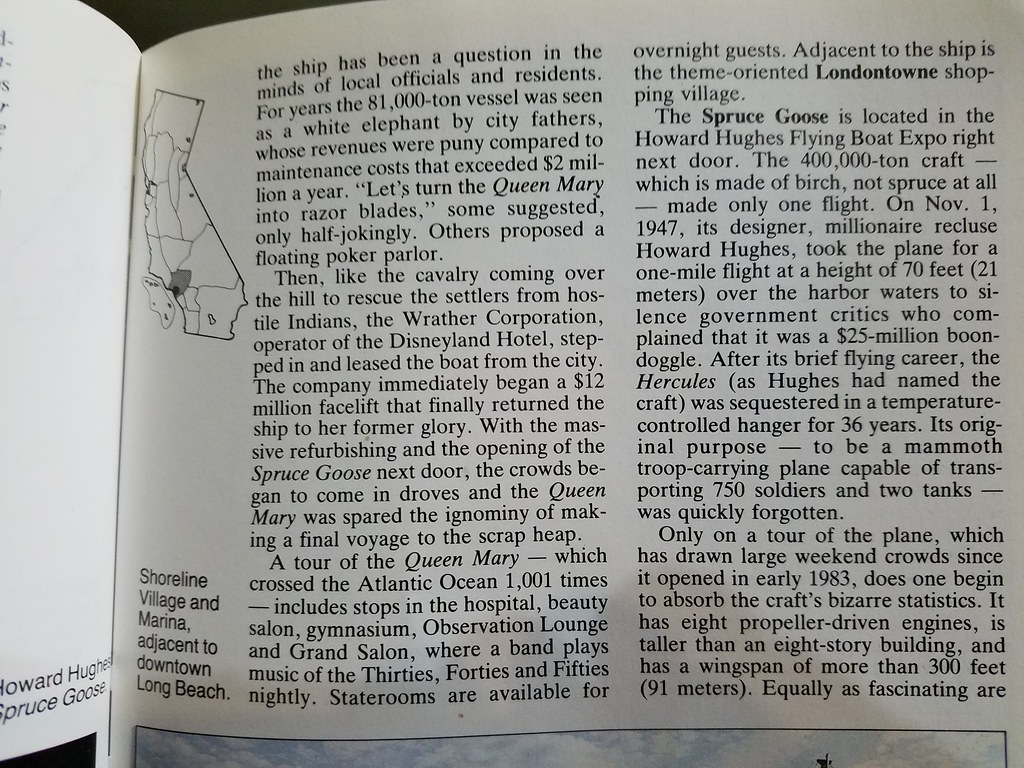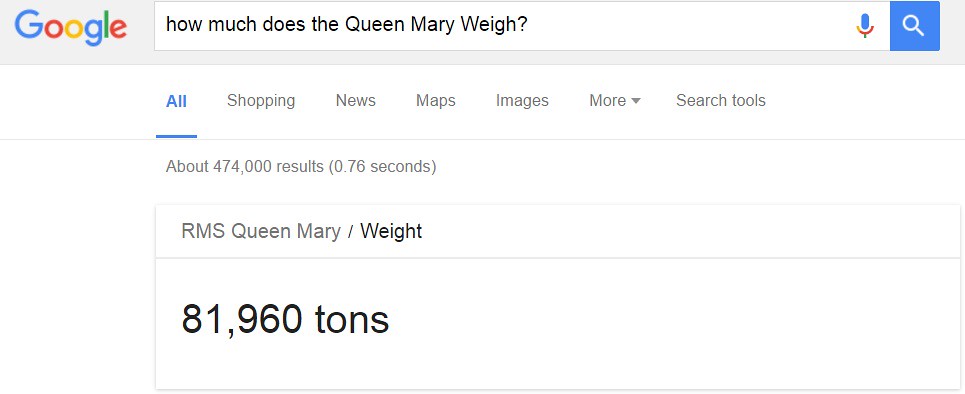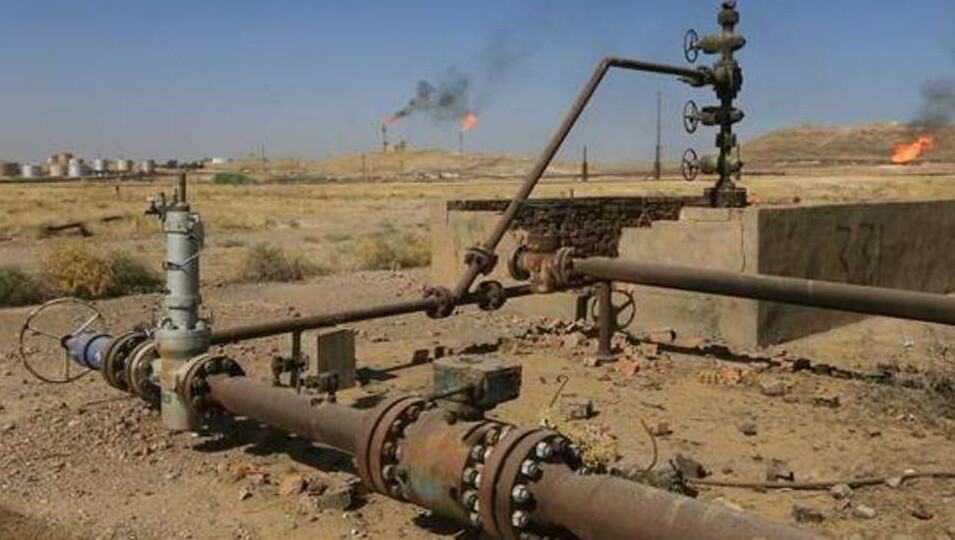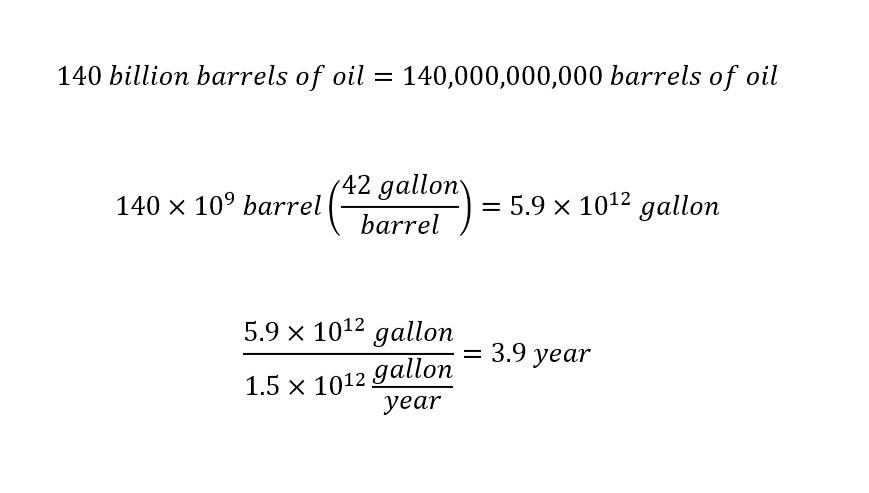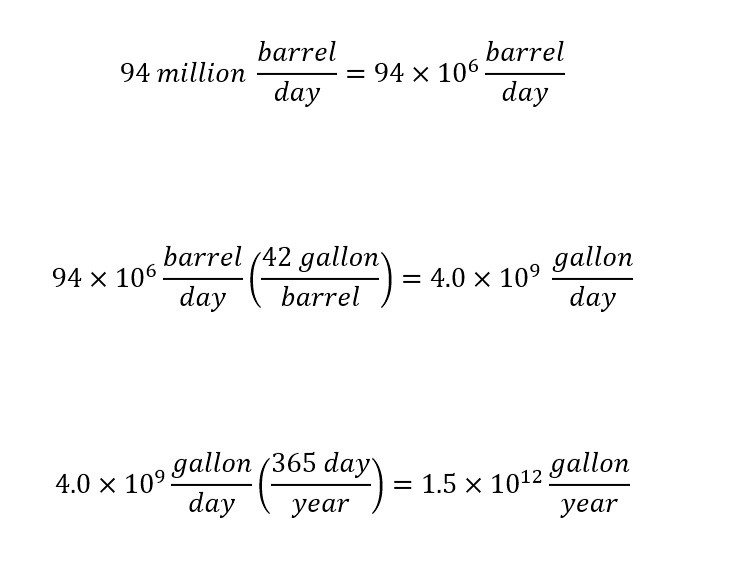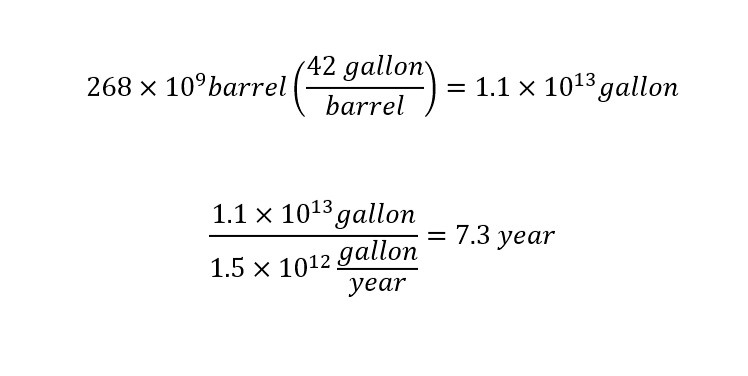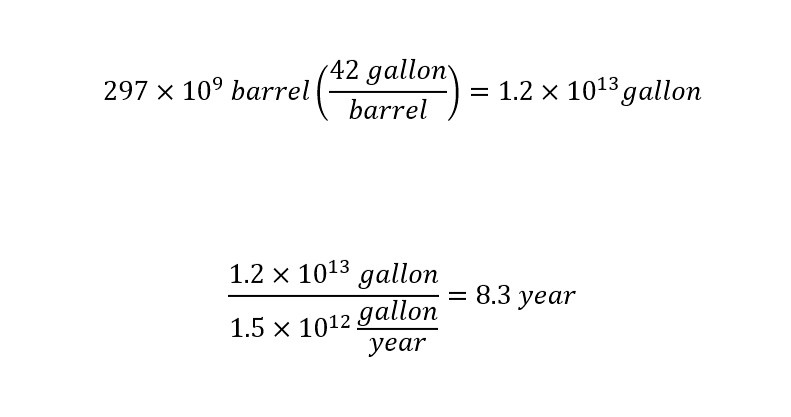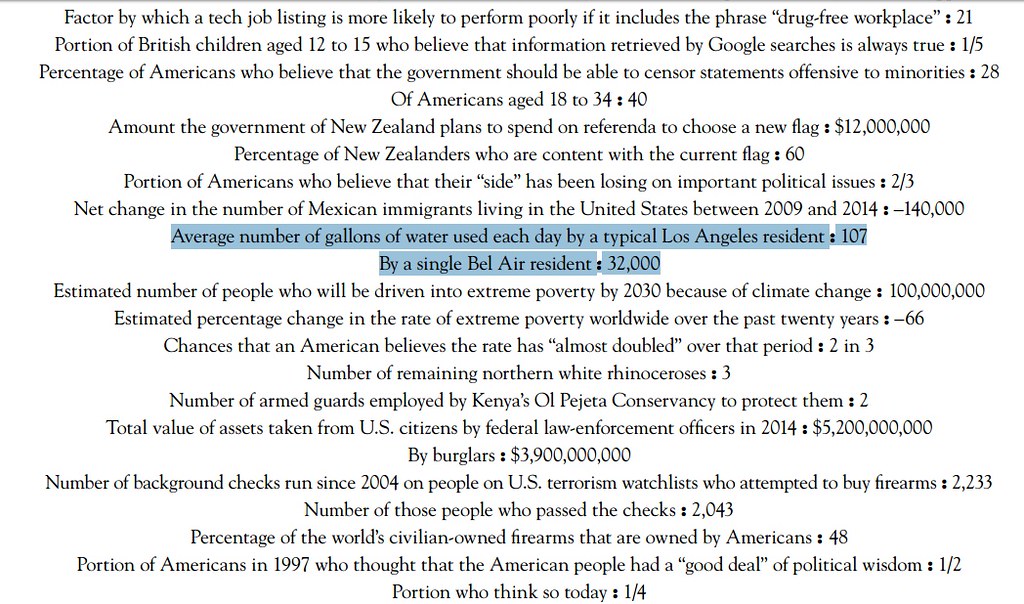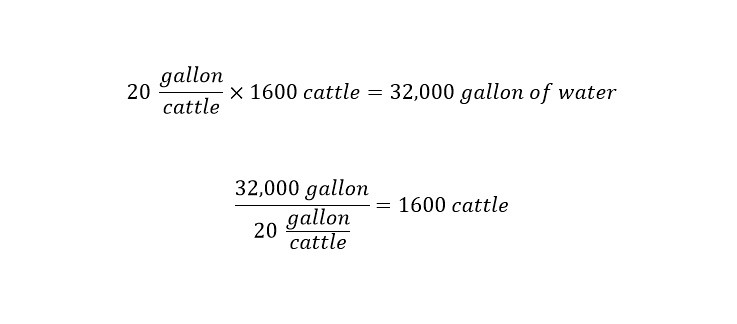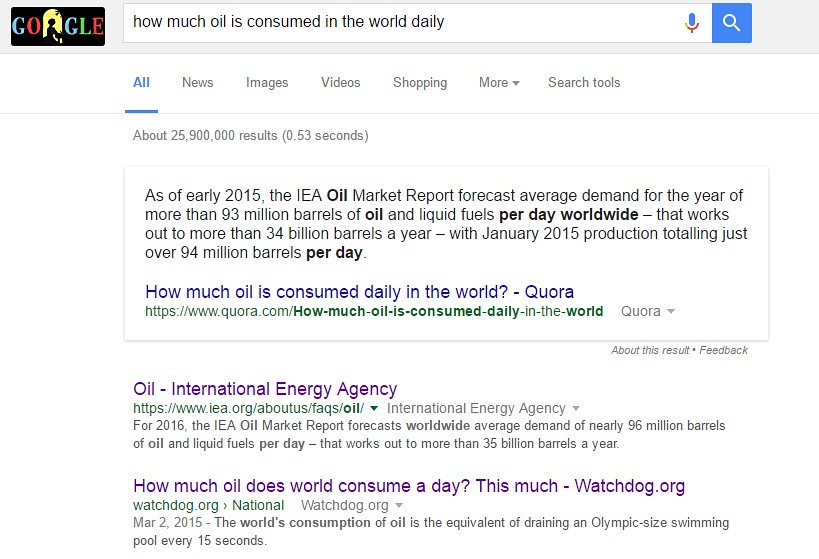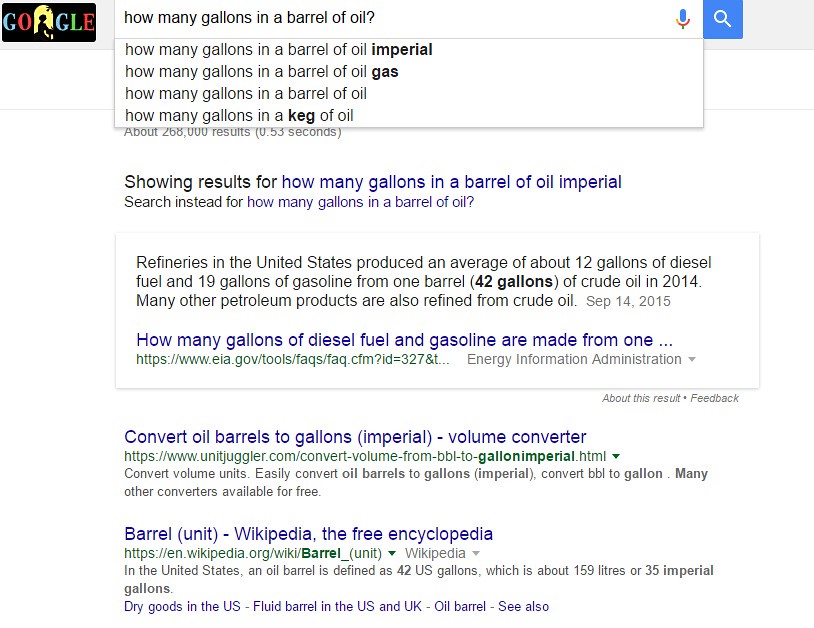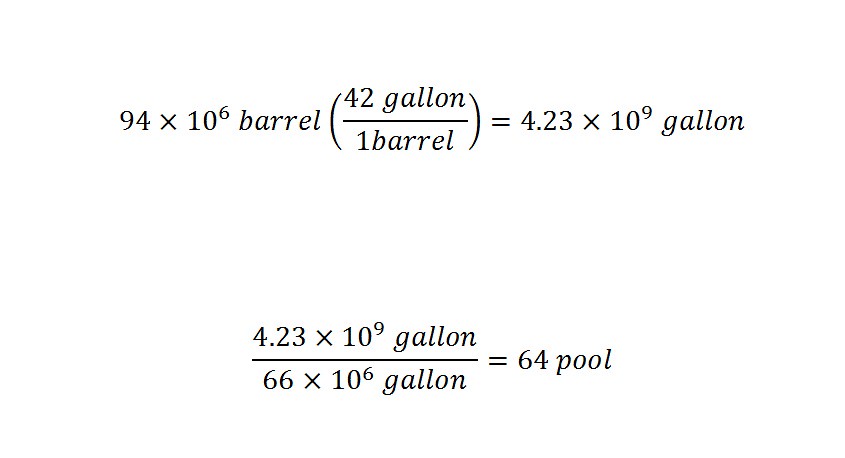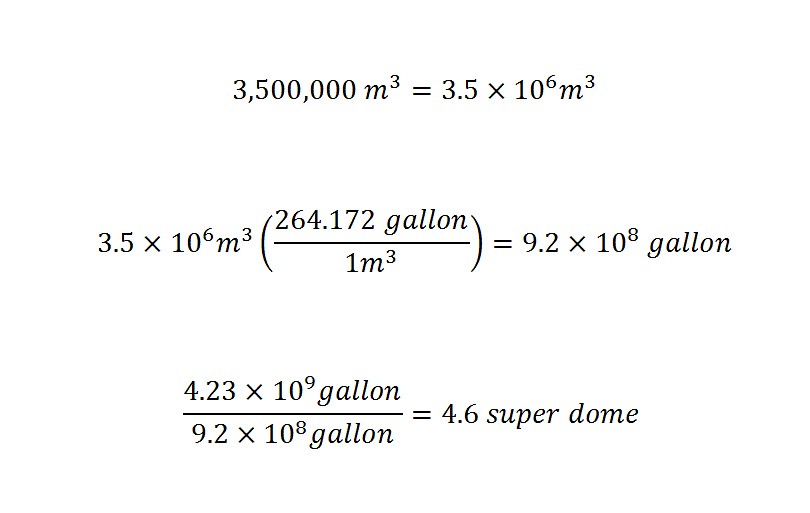Maybe your response might be something like: "1.5 what?"
What if I answered that with the following answers:
1) 1.5 % interest on $1 billion dollars is the balance of your bank account.
2) After traveling 200 miles by bicycle, you have just 1.5 miles to break the world record.
3) 1.5 feet is the distance between the top of your car and the parking garage.
4) 1.5 hours is the length of time that you must wait until riding "space mountain" at Disneyland.
Do you get the point yet? Giving a number "units of measure" or just units -- which I will refer to from here on out -- gives the number context and meaning. Alternately, given a specific situation such as the readout on the syringe that the nurse is using to inject medicine into your body, the use of accurate units could mean life or death -- given the incorrect dose.
Why am I stressing the importance of units?
Recently, I ran across a "typo" in a book which caused me to question my reasoning skills. By the way, this happens quite often, which is why I write these blog posts to verify my reasoning skills. In the current example, the question was whether the "Spruce Goose" weighed more or less than the Queen Mary. Read onto find out.
Wrong Inputs Cause Confusion
Given the wrong inputs (data, numbers, language, etc.) can cause a person a large amount of confusion. For this reason, when a person is communicating to another person, the rigor behind the use of units is critical. Of course, you would not have to tell the members of the Jet Propulsion Laboratory in Pasadena (California) this truth. Unfortunately, nearly a couple of decades ago, the team lost the "Mars Climate Orbiter" to a supposed "math error." What?
Yes, in the article titled "Mars Probe Lost Due to Simple Math Error" the unfortunate mistake which cost millions of dollars to the space industry was reported. Here is an excerpt describing the mistake:
NASA lost its $125-million Mars Climate Orbiter because spacecraft engineers failed to convert from English to metric measurements when exchanging vital data before the craft was launched, space agency officials said Thursday.A navigation team at the Jet Propulsion Laboratory used the metric system of millimeters and meters in its calculations, while Lockheed Martin Astronautics in Denver, which designed and built the spacecraft, provided crucial acceleration data in the English system of inches, feet and pounds.As a result, JPL engineers mistook acceleration readings measured in English units of pound-seconds for a metric measure of force called newton-seconds.In a sense, the spacecraft was lost in translation.
Wow! Can you imagine what these top level space scientists were thinking about the magnitude of such a mistake? Terrible. A mistake like this is almost unfathomable by a space agency. Especially, given the amount of detail that goes into the manufacturing and planning process of such a space mission. Here is an excerpt again highlighting the magnitude of the mistake:
None of JPL's rigorous quality control procedures caught the error in the nine months it took the spacecraft to make its 461-million-mile flight to Mars. Over the course of the journey, the miscalculations were enough to throw the spacecraft so far off track that it flew too deeply into the Martian atmosphere and was destroyed when it entered its initial orbit around Mars last week.John Pike, space policy director at the Federation of American Scientists, said that it was embarrassing to lose a spacecraft to such a simple math error. "It is very difficult for me to imagine how such a fundamental, basic discrepancy could have remained in the system for so long," he said."I can't think of another example of this kind of large loss due to English-versus-metric confusion," Pike said. "It is going to be the cautionary tale until the end of time."
Mentioned in the article was the unfortunate aspect that the space industry has had a series of failures over the years which has tarnished the image to an extent. Now, the commercial industry has taken over nearly the entire space program, lets hope that this mistake never happens again.
That is an example of a very costly and potentially very deadly mistake due to specifying the wrong units. The example that I am going to share is small in comparison to the above mistake. Although, a mistake is a mistake and a small mistake can become a large mistake if not found as highlighted above.
Spruce Goose vs. Queen Mary - Which Is Heavier?
Recently, my wife was reading out of a book titled "Insight Guide California" and stumbled upon the following excerpt shown below:
Upon first hearing this fact, I was confused. How could a plane weigh more than a ship? I was in the middle of reading an article in the newspaper when she shared the discovery. But sure enough, as shown above in the excerpt, according to the book, the Spruce Goose weighs 400,000-tons while the Queen Mary Weighs 89,960-tons. Here are two pictures shown below -- one of each:
Source: Warather Corporation
After I looked at this picture, I started questioning the validity of the statement in the book above.
Furthermore, if this were true, then the engines on the "Spruce Goose" should be able to lift the entire Queen Mary ship next sitting at the dock next door? Right? Obviously, something is wrong here.
If the excerpt above taken from the book were true, then dividing the larger number - 400,000 ton by the smaller number - 81,960 would give the following ratio of weights:
Which would mean that the Spruce Goose (the aircraft) shown above weighs 5 times the amount of the Queen Mary (cruise ship). First of all, one vessel is meant to fly while the other is meant to glide on water. Simple reasoning should indicate that the vessel weighing the least should fly -- which is the Spruce Goose.
What are the real weights of the two objects?
Lets ask google as shown below:
And the Queen Mary?
Clearly, the authors of the book made a mistake in citing the correct units. Now that the correct relative weights are known, I thought that a couple of calculations would be in order to compare the two objects in the picture above to put them into a true perspective.
First, I decided to use the weight 400,000 lbs -- since according the "Wikipedia" the Spruce Goose could hold up to a 150,000 lbs. First, in order to compare the two weights, both of the objects weights need to be expressed in terms of the same "units." In this case, "tons" is the preferred unit of comparison as shown below:
The more accurate results are in and WOW are they revealing? Yes. In reality, the Spruce Goose (partially loaded with weight) is only 200 tons. Furthermore, that weight corresponds to being 1/410th in comparison to the weight of the Queen Mary. Now, the numbers are lining up with the two objects shown above.
Conclusion . . .
As I have shown, both through an excerpt from a real world tragedy (Mars spacecraft) and fictitious example, from a book, using the correct units of conversion is critical. In some instances, the results are life-threatening. Being accurate is always good. Speaking in the same language is the closest analogy to comparing objects using the same units. That should drive home the point.
Until next time, have a great day!
